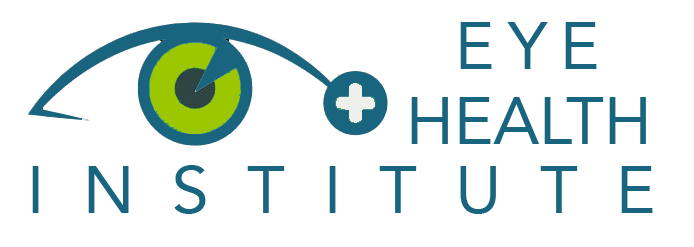No products in the cart.
ACS-3000 Frequency Specific Transorbital micro Stimulation
Research, Publications
Research On TransOrbital Microcurrent stimulation:
Glaucoma is a neurodegenerative disease in which the retinal ganglion cell axons of the optic nerve degenerate concomitant with synaptic changes in the retina, leading finally to death of the retinal ganglion cells (RGCs). Electrical stimulation has been used to improve neural regeneration in a variety of systems, including in diseases of the retina. Therefore, the focus of this study was to investigate whether transcorneal electrical stimulation (TES) in the DBA2/J mouse model of glaucoma could improve retinal or optic nerve pathology and serve as a minimally invasive treatment option. Mice (10 months-old) received 21 sessions of TES over 8 weeks, after which we evaluated RGC number, axon number, and anterograde axonal transport using histology and immunohistochemistry. To gain insight into the mechanism of proposed protection, we also evaluated inflammation by quantifying CD3+ T-cells and Iba1+ microglia; perturbations in metabolism were shown via the ratio pAMPK to AMPK, and changes in trophic support were tested using protein capillary electrophoresis. We found that TES resulted in RGC axon protection, a reduction in inflammatory cells and their activation, improved energy homeostasis, and a reduction of the cell death-associated p75NTR. Collectively, the data indicated that TES maintained axons, decreased inflammation, and increased trophic factor support, in the form of receptor presence and energy homeostasis, suggesting that electrical stimulation impacts several facets of the neurodegenerative process in glaucoma.
https://link.springer.com/article/10.1007/s10439-020-02608-8
Repetitive transorbital alternating current stimulation (rtACS) is a new option for the treatment of patients with low vision, and several studies report the benefit of rtACS in both pre- and postchiasmatic pathologies. However, it is also common clinical experience that the effect of this treatment is rather variable between patients, even with the same pathology.
https://www.neuromodulationjournal.org/article/S1094-7159(22)01262-4/fulltext
Evolving research has provided evidence that noninvasive electrical stimulation (ES) of the eye may be a promising therapy for either preserving or restoring vision in several retinal and optic nerve diseases. In this review, we focus on minimally invasive strategies for the delivery of ES and accordingly summarize the current literature on transcorneal, transorbital, and transpalpebral ES in both animal experiments and clinical studies. Various mechanisms are believed to underlie the effects of ES, including increased production of neurotrophic agents, improved chorioretinal blood circulation, and inhibition of proinflammatory cytokines.
https://www.sciencedirect.com/science/article/pii/S0002944016303017
Transorbital alternating current stimulation (trACS) is becoming a new option for low vision restoration. Nevertheless, its exact mechanism of action is still not completely known. Previous studies demonstrated that by delivering current with a transorbital montage, the vast majority of it flows through the eye ball and the optic nerve, not directly reaching the primary visual cortex . It was shown that trACS can generate visual evoked potentials (VEP), that can be inhibited in rats by blocking the retinal ganglion cell with tedrototoxin , suggesting that the retina could represent the entry gate for the current in the brain. Moreover, in patients with low vision, a reduction of power density, coherence and connectivity of alpha EEG activity was demonstrated, that can be in part reversed by trACS
https://www.brainstimjrnl.com/article/S1935-861X(19)30055-5/fulltext
Transorbital alternating current stimulation (trACS) is becoming a new option for low vision restoration. Nevertheless, its exact mechanism of action is still not completely known. Previous studies demonstrated that by delivering current with a transorbital montage, the vast majority of it flows through the eye ball and the optic nerve, not directly reaching the primary visual cortex . It was shown that trACS can generate visual evoked potentials (VEP), that can be inhibited in rats by blocking the retinal ganglion cell with tedrototoxin , suggesting that the retina could represent the entry gate for the current in the brain. Moreover, in patients with low vision, a reduction of power density, coherence and connectivity of alpha EEG activity was demonstrated, that can be in part reversed by trACS
https://www.brainstimjrnl.com/article/S1935-861X(19)30055-5/fulltext
Microcurrent Device Comparison Table:
ACS 3000 | European Clinical Treatment | MCS 100ile | Biomodulator | Product 5 |
|---|---|---|---|---|
Microcurrent Device Conditions Treated:
ACS 3000 | European Clinical Treatment | MCS 100ile | Biomodulator | Product 5 |
|---|---|---|---|---|
Source: https://www.restorevisionclinic.com/electrical-stimulation-therapy-to-improve-vision-candidate | Source: https://store.naturaleyecare.com/microcurrent-stimulation-100ile-purchase-option.html#study | Source: https://senergy.us/tennant-biomodulator/ |

